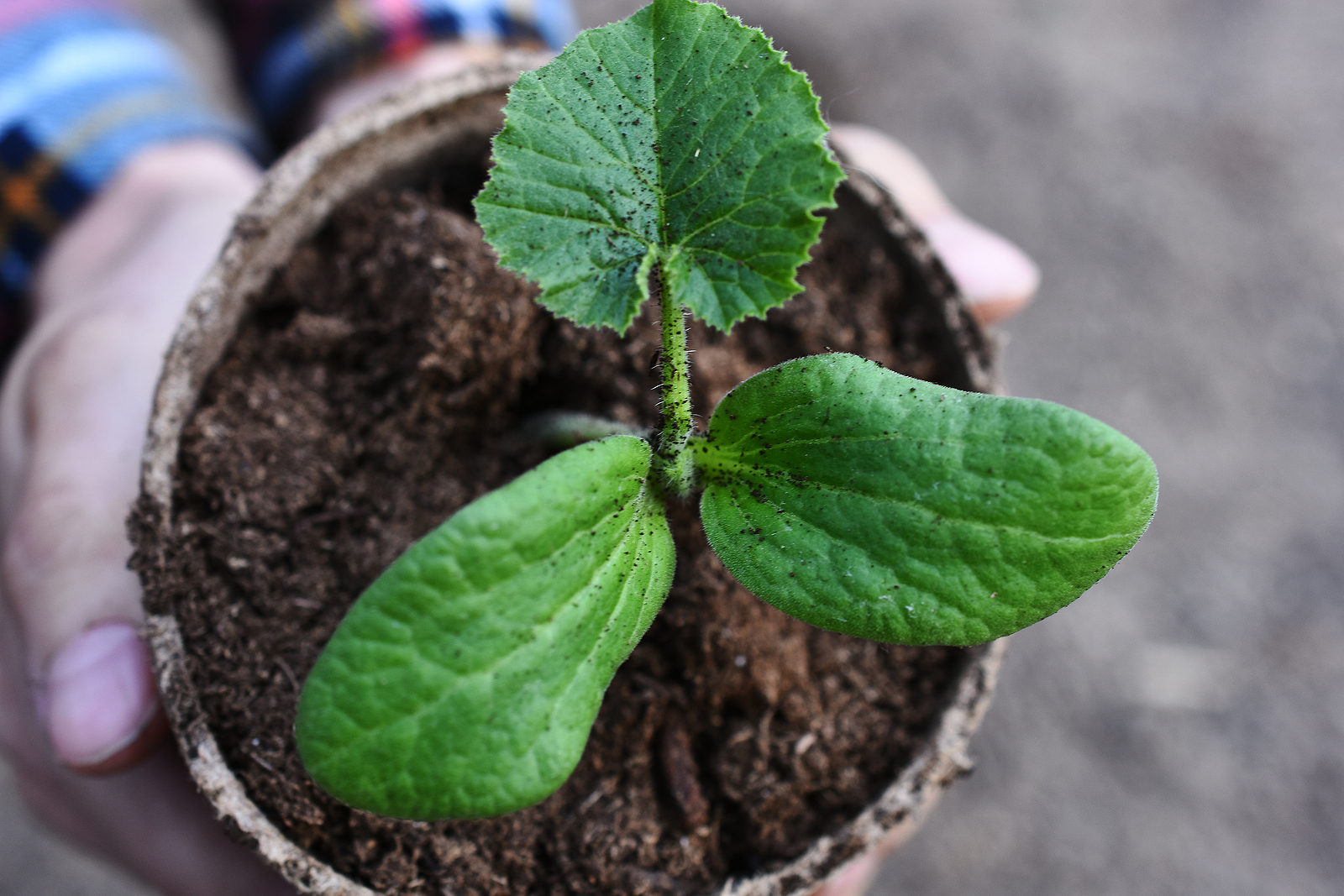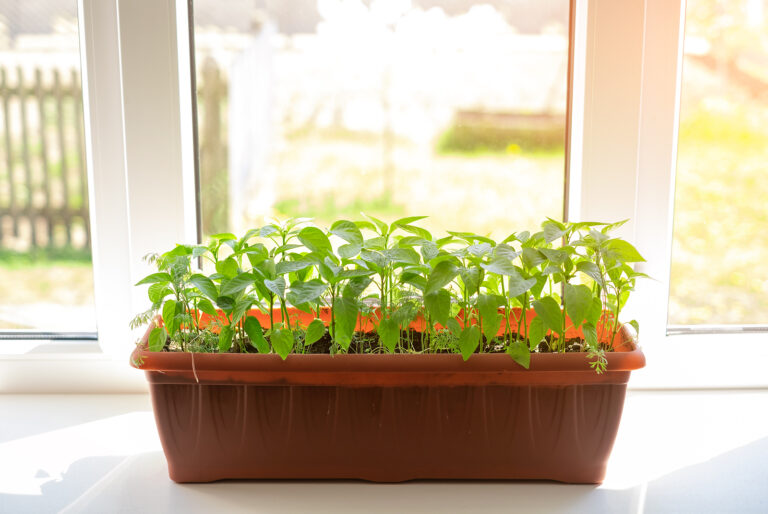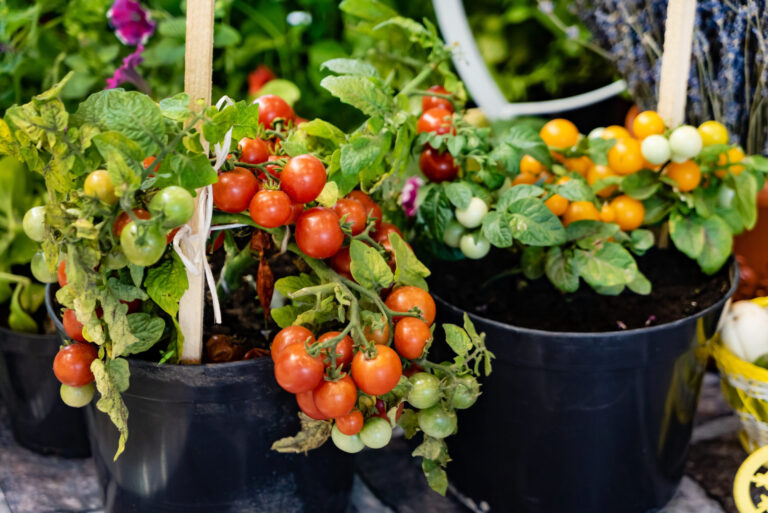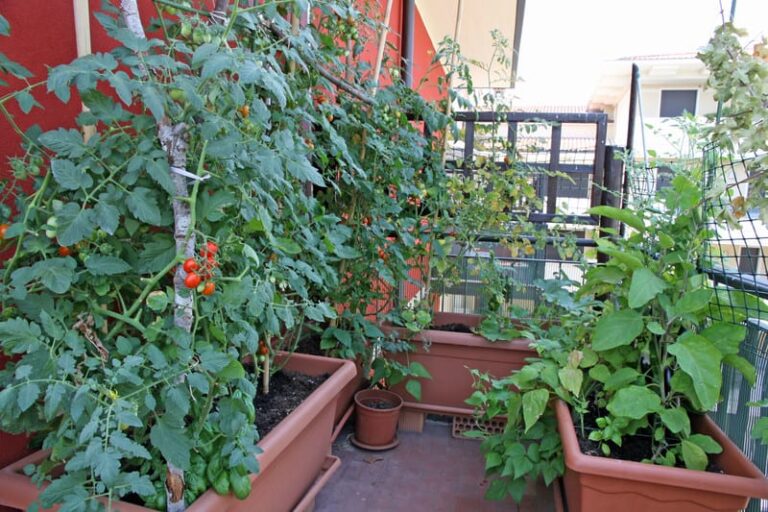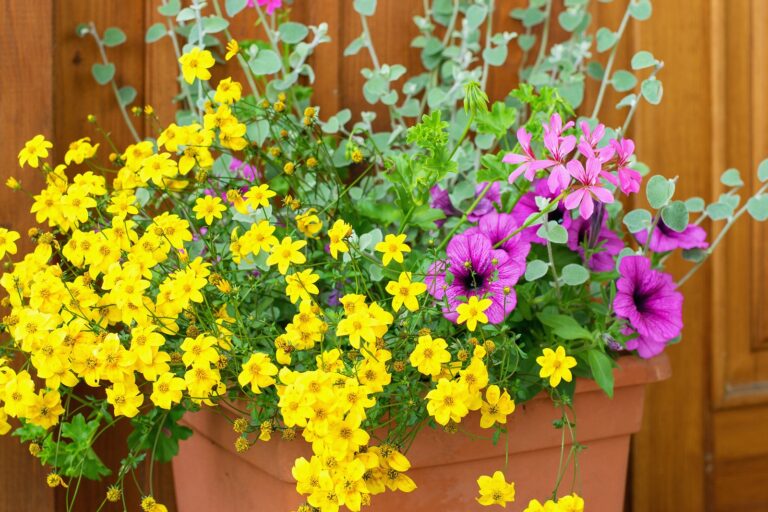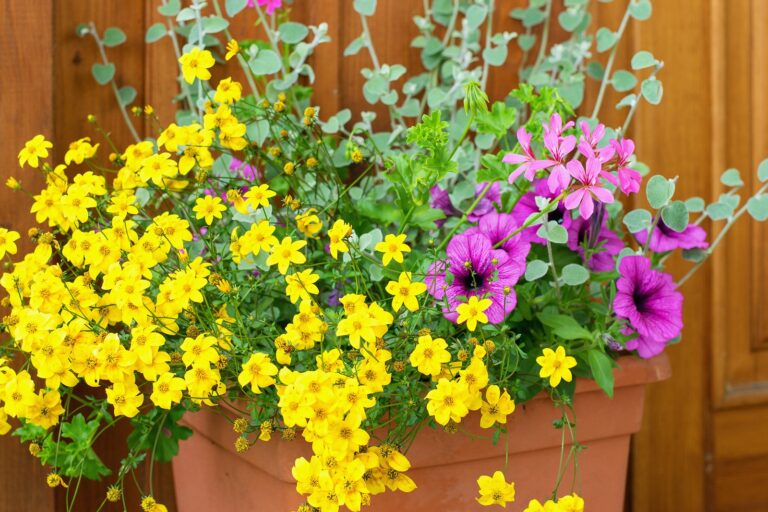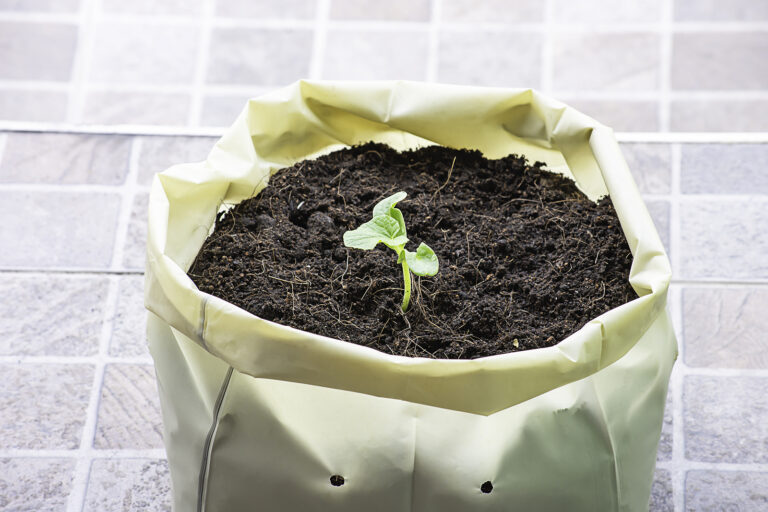Growing Squash in Small Spaces: Trellising & Container Growing
If you think you don’t have enough space to grow squash, think again! With the right techniques, you can successfully grow summer and winter squash in containers and train vining varieties up trellises, making it possible to enjoy a bountiful harvest—even in small gardens, patios, balconies, or decks. Over the years, I’ve experimented with different trellising methods and container setups, learning firsthand which squash varieties thrive in compact spaces and how to maximize yields while preventing common issues like pests and diseases.
In this guide, I’ll share experience-backed strategies for selecting the best compact and vining squash varieties, setting up sturdy vertical supports, and growing healthy, productive plants in containers. Whether you’re working with limited space or just want to make your garden more efficient, these techniques will help you grow squash successfully while keeping your plants healthy and easy to manage. Let’s dive in and make the most of your growing space!
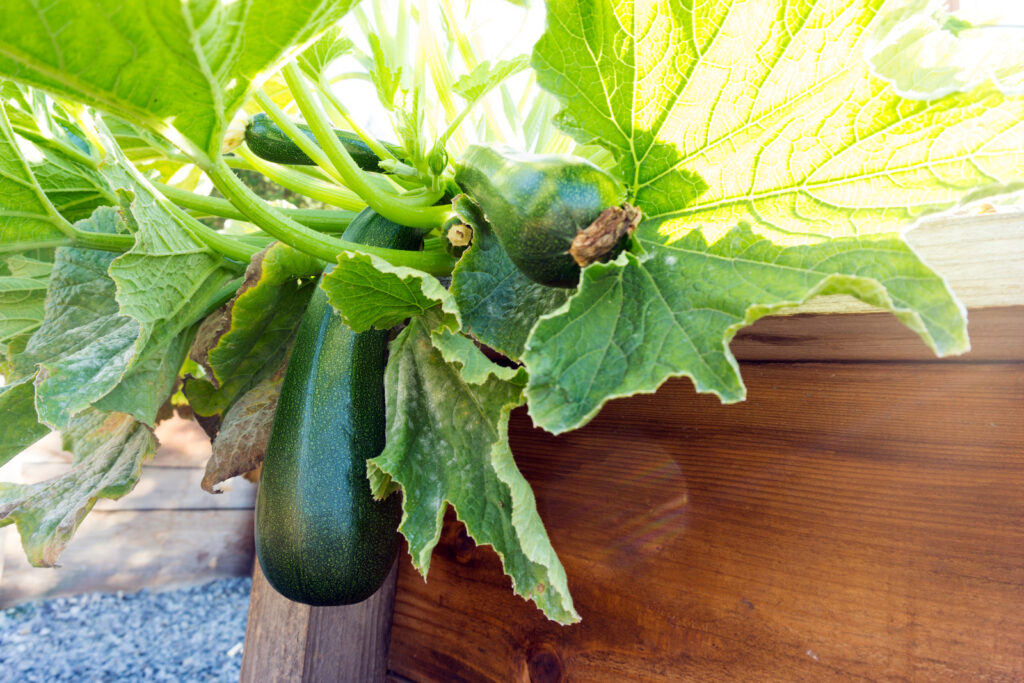
How to Grow Squash on Trellises and Vertical Supports
Growing squash vertically is a great way to save space, improve air circulation, and make harvesting easier. Whether you have a small garden, patio, balcony, or deck, training squash vines to grow up a trellis, fence, or other vertical support allows you to maximize your growing area while keeping plants healthier by reducing contact with the soil.
Choosing the Right Squash Varieties for Trellis Growing
Not all squash varieties are well-suited for vertical growing. Vining varieties work best, as they naturally send out long, trailing vines that can be trained upward. Some of the best choices include:
- Summer Squash: ‘Tromboncino,’ climbing zucchini varieties
- Winter Squash: ‘Butternut,’ ‘Delicata,’ ‘Honey Nut,’ ‘Spaghetti Squash’
- Pumpkins: Small varieties like ‘Jack Be Little’ or ‘Sugar Pie’
Avoid bush varieties, as they are compact and don’t produce long vines for climbing.
Building a Strong Trellis or Support
Since squash plants can become heavy, a sturdy trellis is essential. Some great options include:
- A-frame trellises – Great for garden beds, allowing squash to grow on both sides.
- Cattle panel or arch trellises – Strong and durable, ideal for heavier squash.
- Wall-mounted or fence trellises – Great for balconies, patios, or decks with limited space.
For large-fruited varieties like butternut or spaghetti squash, provide extra support by tying the fruit to the trellis with soft fabric slings or mesh produce bags to prevent vines from breaking.
Planting and Training Squash Vertically
Plant squash at the base of the trellis, spacing seeds or seedlings at least 12–18 inches apart. As the vines grow, gently guide them up the trellis and secure them with soft ties or garden clips. Squash vines naturally send out tendrils, which will latch onto the support, but occasional help ensures they stay on track.
Consistent watering and fertilizing are key, especially in container setups, as vertical growing exposes plants to more sun and wind, causing faster moisture loss. Water deeply when the top inch of soil feels dry, and feed with a balanced organic fertilizer every 2–3 weeks to support vigorous growth.
Pollination and Pest Control
When growing vertically, pollination can sometimes be less effective since bees may have difficulty reaching flowers higher up. To ensure good fruit set, hand-pollinate by transferring pollen from male to female flowers using a small brush.
Vertical growing also helps prevent pests like squash bugs and vine borers, but keep an eye out for aphids and powdery mildew, which thrive in humid conditions. Good airflow from vertical growing naturally reduces disease risks, but regular inspections and organic pest control methods like neem oil or insecticidal soap can help if issues arise.
Harvesting Your Squash Grown on a Trellis
For summer squash like zucchini, harvest frequently when fruits are small (4–6 inches long) to encourage more production. Winter squash should stay on the vine until the skin hardens and deepens in color. With vertical growing, fruits are easier to spot and pick, making harvesting more convenient.
By using trellises and vertical supports, you can grow healthy, high-yielding squash plants even in limited space. Whether in a small garden, on a patio, or a balcony, growing squash vertically is an efficient and rewarding way to enjoy a productive harvest while keeping plants neat and manageable!
How to Grow Squash in Containers on a Patio, Balcony, or Deck
Growing squash in containers is a great way to enjoy fresh, homegrown produce even if you don’t have a traditional garden. With the right setup, you can successfully grow summer or even small winter squash varieties on a patio, balcony, or deck. The key is choosing the right container, soil, and squash variety, along with providing proper care throughout the growing season.
Choosing the Right Container and Variety
Squash plants have large root systems, so a 5- to 10-gallon container is ideal for bush varieties, while vining types need at least a 15-gallon container. Use pots with good drainage holes to prevent root rot. For compact spaces, bush-type zucchini, yellow squash, or small winter squash like ‘Honey Nut’ butternut work best. If you want to grow vining varieties, plan to use a sturdy trellis or stakes to save space and keep fruit off the ground.
Best Soil and Planting Tips
Fill your container with high-quality, well-draining potting mix enriched with compost. Squash plants are heavy feeders, so mixing in a slow-release organic fertilizer at planting time helps provide nutrients. Sow seeds directly into the container once the weather is consistently warm (above 60°F) or transplant healthy seedlings for a head start. Space seeds or seedlings at least 12 inches apart to give the plant room to spread.
Caring for Container-Grown Squash
Container plants dry out faster than those in the ground, so consistent watering is crucial. Water deeply when the top inch of soil feels dry, usually every 1–2 days in hot weather. Mulching the soil surface with straw or shredded leaves helps retain moisture. Since nutrients leach out of containers more quickly, apply a balanced organic liquid fertilizer every 2–3 weeks to keep plants thriving.
To encourage pollination and fruit production, hand-pollinate if needed by transferring pollen from male to female flowers using a small brush. If space allows, plant flowers nearby to attract bees. Watch for common squash pests like aphids and squash bugs, and remove them by hand or spray with a mild soap solution.
Harvesting and Enjoying Your Squash Grown in a Container
For summer squash, harvest when fruits are young and tender, usually 4–6 inches long. Frequent picking encourages continuous production. Small winter squash varieties should stay on the vine until the rind hardens and they develop a deep color.
With the right care, growing squash in containers is an easy and productive way to enjoy fresh, homegrown vegetables, even in a small space. Whether you have a sunny balcony, patio, or deck, a container garden can provide a bountiful harvest all season long!
Container Growing Squash Summary
Related posts you might find helpful:
Summer Squash
- How to Grow Summer Squash and Zucchini: A Gardener’s Guide
- Planting and Growing Summer Squash
- Summer Squash Care and Maintenance
- The Best Summer Squash & Zucchini Varieties for Your Garden
- How to Harvest and Store Summer Squash
- Eight Ways to Cook and Serve Summer Squash
Winter Squash
- The Ultimate Guide to Growing Winter Squash
- Planting and Growing Winter Squash
- Winter Squash Care and Maintenance
- The Best Winter Squash Varieties for Your Garden
- Harvesting & Storing Winter Squash for Long-Term Use
- Seven Ways to Cook and Serve Winter Squash
Squash Planting and Care
- Squash Seed Starting Tips: How to Grow Strong, Healthy Plants from the Start
- How to Maximize Squash Pollination for Bigger Harvests
- Growing Squash in Small Spaces: Trellising & Container Growing
- How to Prevent and Treat Squash Pests and Diseases Naturally
- Squash Vine Borer Organic Pest Control
- Squash Bug Organic Pest Control
Books to help you grow:

